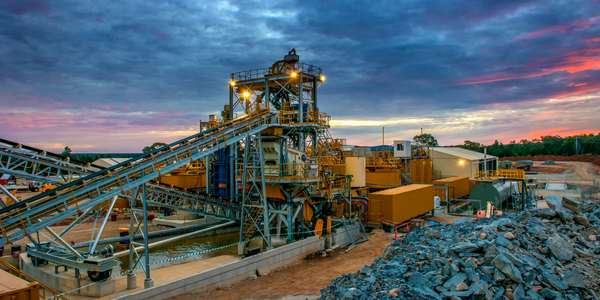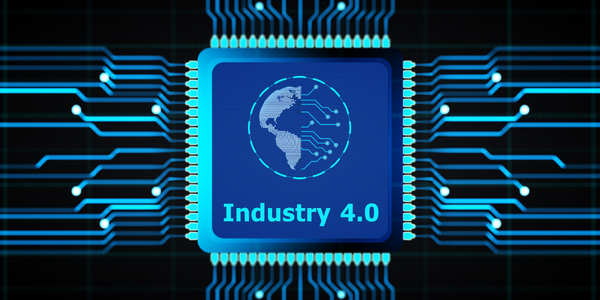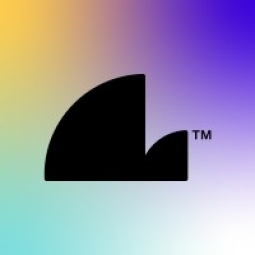适用功能
- 产品研发
- 质量保证
用例
- 人员跟踪与监控
- 视觉质量检测
服务
- 测试与认证
关于客户
Adrian Fisher Mazes Ltd. 由 Adrian Fisher 和他的妻子 Marie 所有,是世界领先的迷宫设计公司。该公司在英国拥有一支由 12 名设计师和销售人员组成的团队,在其他国家还有 8 名员工,他们使用各种材料在全球著名地点创建了各种类型和比例的迷宫。该公司每年设计 90 个迷宫,包括用于儿童游乐场的塑料“手指”迷宫,并设计了世界上第一个玉米迷宫和水迷宫。费舍尔是世界纪录的打破者,他为中国云南省 2008 年夏季奥运会设计了世界上最大的永久性迷宫。
挑战
Adrian Fisher Mazes Ltd. 是世界领先的迷宫设计公司,在以全彩设计和渲染复杂的迷宫配置方面面临着重大挑战。该公司每年设计 90 个迷宫,需要一种有效的方式与世界各地的客户共享设计效果图。面临的挑战是确保设计的各个维度(例如导航复杂性或颜色处理)能够得到很好的体现,以便客户清楚理解。这对于茉莉花茶迷宫等大型项目尤为重要,茉莉花茶迷宫是为中国云南省 2008 年夏季奥运会而设计的,该项目将成为世界上最大的永久性迷宫。
解决方案
Adrian Fisher Mazes Ltd. 求助于 CorelDRAW 来解决他们的设计挑战。使用 CorelDRAW,该公司能够开发各种版本的茉莉花茶迷宫,显示灌木丛组成和三个独立的路径网络,具有不同的导航难度。该软件允许他们渲染设计并将其作为文件附件发送,从而轻松地将他们的愿景传达给客户。 CorelDRAW 还消除了制造商重新绘图的需要,从而在费舍尔手指迷宫的制作中节省了大量成本。 CorelDRAW 的色彩功能尤其有价值,它使该公司能够将可用于铺砖的 43 种不同颜色的粘土与相应的 Pantone 相匹配,然后将颜色注入并打印出来。
运营影响
数量效益

Case Study missing?
Start adding your own!
Register with your work email and create a new case study profile for your business.
相关案例.

Case Study
Goldcorp: Internet of Things Enables the Mine of the Future
Goldcorp is committed to responsible mining practices and maintaining maximum safety for its workers. At the same time, the firm is constantly exploring ways to improve the efficiency of its operations, extend the life of its assets, and control costs. Goldcorp needed technology that can maximize production efficiency by tracking all mining operations, keep employees safe with remote operations and monitoring of hazardous work areas and control production costs through better asset and site management.

Case Study
Rapid and Simple Installation Provides Access to Critical Data
The customer needed to monitor non-contact alignment and non-contact process temperature in different positions along a 100-meter production line. Space around the line is tight and operators and forklift trucks are passing by constantly. Installation of correctly routed cables from sensors back to the control station would have been expensive and would have taken too long and caused too much disruption to ongoing operations.

Case Study
Cisco Kinetic for Oil and Gas: Refineries and Plants
The plant manager and safety teams needed a solution that provided near real-time visibility of gas detection and personnel location, with easy to understand visualization and alerting dashboards. This would enable them to improve productivity through decreasing the time taken to start work, optimize evacuation route planning, and to meet critical staff safety and compliance goals.
Case Study
Real-Time IoT Tracking and Visualization Improve Manufacturing
Shimane Fujitsu, a wholly-owned subsidiary of Fujitsu and a leading manufacturer of business notebooks and tablets, set out to improve processes where factory inspections found product errors. Prioritizing product rework based on shipping date was challenging, and it caused Shimane Fujitsu to incur additional shipping fees. The company needed a way to collect data to better track the location of products in the rework cycle as well as monitor progress in real time. The collected data would also help process analysis for future improvements.

Case Study
Industry 4.0 at ALPLA: Enhancing Factory Efficiency with IoT
ALPLA, a global leader in packaging solutions, faced several challenges as the complexity of their production machinery increased. The need for highly trained specialists in each factory led to higher personnel costs, difficulties in recruiting experienced talent at each location, and costly personnel turnover. Furthermore, less experienced operators running the machines sub-optimally impacted resource consumption and overall equipment effectiveness (OEE). ALPLA also faced the challenge of monitoring visual inspection systems in every line of their plants, which was almost impossible to do manually. In 2016, ALPLA decided to use data from the 900 different types of embedded sensors in each factory to address these issues. However, their initial choice of SQL Server as the data store for the sensor data proved inadequate, as it was unable to cope with their data requirements.

Case Study
Digital Transformation of Atlanta Grout & Tile: An IoT Case Study
Atlanta Grout & Tile, a Tile, Stone & Grout restoration company based in Woodstock, Georgia, was facing challenges with its traditional business model. Despite steady growth over the years, the company was falling behind the web revolution and missing out on the opportunity to tap into a new consumer base. They were using independent software from different vendors for each of their department information and workforce management. This resulted in a lot of manual work on excel and the need to export/import data between different systems. This not only increased overhead costs but also slowed down their response to clients. The company also had to prepare numerous reports manually and lacked access to customer trends for effective business decision-making.







